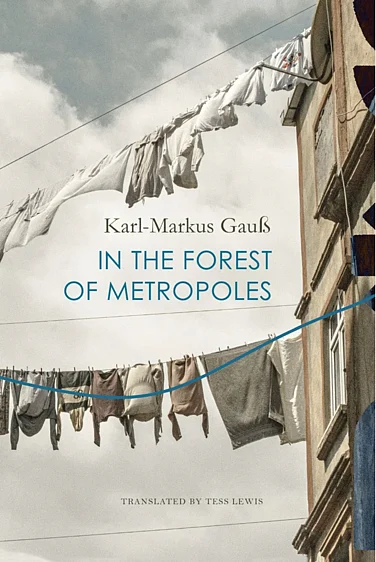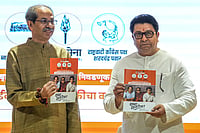Akhila Naik’s protagonist in Bheda is an angry young rebel, albeit one with a grave cause. His anger, though, is a much more restrained version of the kind portrayed by the angry young men of 1970s and ’80s Bollywood. The reader is struck by the author’s mildness of tone right at the beginning. Remarking on the grave discrimination embedded in the naming of the caste to which the author belongs, Naik remarks that, “in one sense, the meaning of the term Dom was ‘bad’. But we are not at all ‘bad’ people”. This tone of mild but assertive confidence in one’s identity is reiterated by the protagonist of the book, Laltu and by his father, Dinamastre. Both of them are in sync with the zeitgeist of their respective generations—Dinamastre displays Gandhian non-violence along with complete faith in education as the path to emancipation, while Laltu is invested in activism and in spreading awareness about the atrocities suffered by Dalits in the villages of Orissa’s Kalahandi district.
Naik has presented the first Dalit novel in Oriya through a motley collection of characters, whose intertwining lives make Bheda a treatise about the centrality of caste in rural India. In the introductory note, one learns that four Oriya novels on caste inequalities are untraceable now! This is not only revelatory of the invisibility of Dalit experience in Oriya literature but also highlights the dire need for more representations. The translator, Raj Kumar, has aptly dedicated this translation to his daughter, whose location in a metropolis makes her “a stranger to caste discrimination”. While it is desirable that no one should face this, it is also crucial that the plight of people living with caste-based oppression reaches every reader in India. The novel presents the lives of the most oppressed among the poorest in India and the translation makes it available to a pan-Indian readership.
Naik’s style is engaging, with resonances of folk and oral story-telling traditions. Kumar’s translation retains the flavour of rural Orissa, with accurate translations of some aphorisms. The translator chooses to retain the original Oriya title for the English translation, for the term ‘bheda’ has multiple meanings that are all relevant to the novel. It is used to imply a sense of difference, it indicates a target, and it also suggests the ability to understand the intricacies of an incident.
This multiple use of the term become clear as we follow the journeys of the various characters. Laltu and his father are targets of discrimination and are crusaders with targets of their own. Laltu’s mother, referred to as Mastrani by the villagers, differs from her husband and son in not having a clear target, but this very deviation leads her into a dignified acceptance of her identity. Through her character, the author addresses the issue of Sanskritisation of Dalits. After much reflection on caste discrimination in the village, Mastrani finds herself agreeing with her son that they must fight to reclaim their culture, instead of adopting the oppressor’s culture. She is the only character in the novel who reaches a closure of some sort.
The other characters in the novel, such as the exploitative mill-owner, the morally decrepit lawyer and the newspaper reporter, continue to believe in their right to positions of power and perpetuate discrimination against all poor and Dalit people of the village. The non-Dalit characters are less interesting as fictional representations of upper-caste and upper-class people. Their characterisation lacks complexity.
Through the trajectories of these characters, Naik also indicates towards changing the ways of fighting against oppression. Dinamastre’s moderate methods of protest fail at the very beginning of the novel. His son, Laltu, chooses a completely opposite path—that of violent opposition. Although he is the son of a schoolteacher who had instilled the importance of education as the way to self-respect, Laltu drops out of school to educate his community about their rights and starts a struggle to reclaim their culture. Although Laltu and his friends face more betrayal in their struggle to reclaim their right to dignified lives, they display the ability to carry on a sustained battle with astonishing grace in the face of deeply entrenched prejudices against them.
In this short novel, Naik brings to fore issues such as caste, class, communalism, and intolerance, which have remained contentious issues through the history of independent India. Naik’s novel once again reiterates the ways in which these blights further marginalise the already oppressed communities. Bheda presents a strong and dignified struggle against marginalisation.























